In 1972, Olympus released the first camera of the OM SLR series, the OM-1, which was followed by the OM-2, OM-3 and OM-4. In 1979, they released the first of their more consumer-targeted series, the Olympus OM-10 which was seen as a less ‘professional’ camera. Not that this mattered, as the camera did in fact go on to be a success, and I can see why.
I was gifted the Olympus OM-10 in 2016 as a birthday gift, bought off eBay and although the journey with the camera to getting good images has been a rocky one, I cannot fault the model itself, and the learning process of the camera mostly came down to minor complications with a dodgy lens, but it has also seen me good learning to use a camera with a built in light meter.
When I received it, my Olympus OM-10 came with a Hanimex 28mm 2.8 lens and Hoya HMC Zoom & Macro 75-205mm f4 lens. I also ordered the manual adapter for a couple of quid off eBay. The OM-10 is otherwise an aperture priority only camera, but I am used to shooting fully manual, so with the adapter I was on my way, or so I thought…
Anyone who has personal experience of purchasing a second-hand camera knows that the first roll you expose is a test roll, but for me, it was more than one. Using a mixture of both lenses, most of the images – if not all of them – came out blurred. After a few rolls and testing different things, I was starting to get frustrated. This wasn’t my first time with film, so I felt that I knew what I was doing, but this was really testing me. I decided to put the camera away for a while so I could save up and find a camera store that still did services and repairs whilst I continued my university studies.
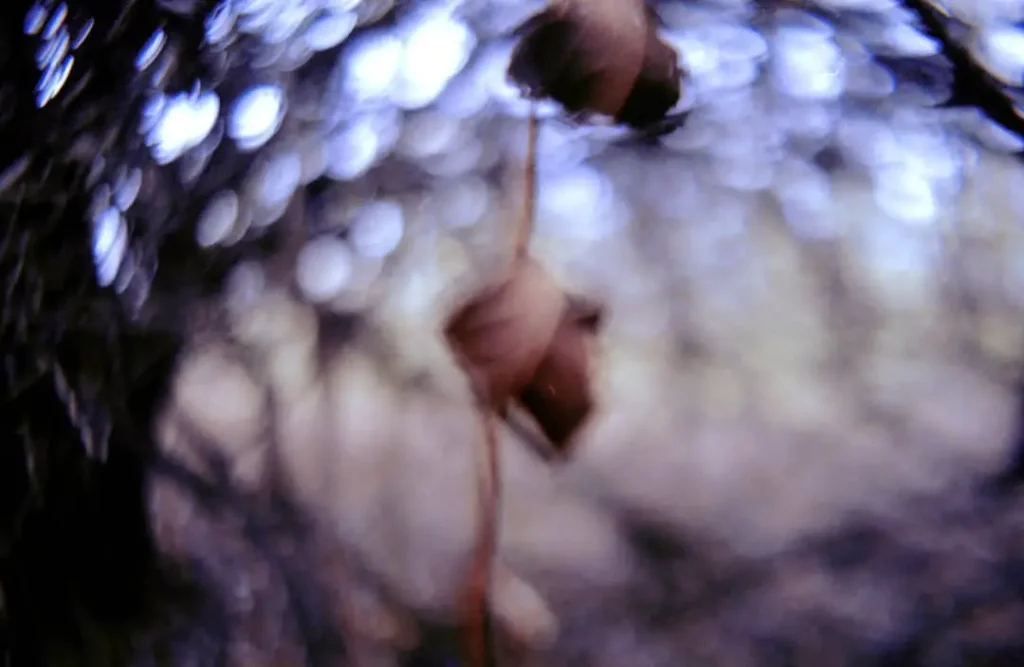
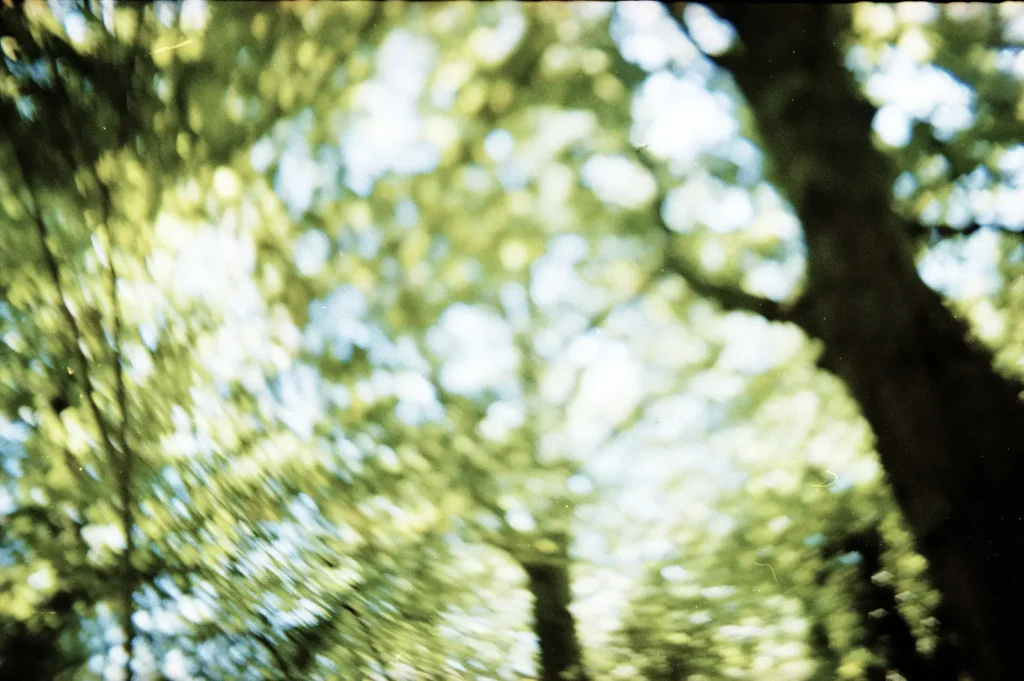
I must admit, that although these results were not what I was after, they made for some great story telling.
My Olympus OM-10 then went untouched for a while whilst I went about using other cameras and formats. But I recently then decided to pick it up again and check it over. I soon determined that the issue I had seemed to be with the 28mm lens that originally came with the camera body. When viewing it through the viewfinder it was difficult, if not impossible to focus. Due to this, I decided to split the film in half, by shooting one half with that lens and the other with the Hoya to see if I could finally get to the bottom of the problem.
Upon development of this test film, it was shown that the problem was definitely with the 28mm lens – I’m not entirely sure what’s wrong with it, but despite changing the aperture settings, and shooting it at different distances, I was always getting oddly blurred images. With this revelation, I ordered a new lens, an Olympus OM-System S Zuiko f/4 35-70mm and with this purchase, the Olympus OM-10 has fast become my favourite 35mm film camera to use.
My Olympus OM-10 Review
One of the main things I love about the Olympus OM-10, is the shutter sound. Every time an exposure is taken, it truly beats anything else for me. The camera is also one of the easier film cameras I’ve used – which probably comes down to it being made and marketed as an ‘entry level’ camera as mentioned above.
It’s also quite lightweight making it easy to carry around, and hold in one hand. Like many cameras of the era, the shutter release button and film advance lever are close and in a position that allows you to take an exposure, advance on, take an exposure, advance on with one hand with ease. The same can be said for the shutter speed if you decide to go for the manual adapter route. The aperture control, of course, can be found on the lens you choose. The ISO dial next to the shutter release allows you to set the ISO, as well as exposure compensation too.
Releasing a film and rewinding on is also super easy! Swist the little release switch, and rewind the crank to pull the film back into its canister. Both the release switch and rewinding crack have an arrow placed next to them telling you which way to turn. There’s also a self-timer and battery check options on the on/off switch.
Metering
As a camera designed for the consumer with an aperture priority mode, the Olympus OM-10 also has a built-in light meter that can be used with the camera in manual with the special manual adapter that plugs into the side of the camera. This is something that I found incredibly helpful when I recently used it for the first time. Whilst at university, I was taught how to take exposure readings with an off-camera light meter of the Sekonic brand, but once I graduated and no longer had access to this I had to find a suitable and affordable solution for the time being. This resulted in me using a meter reading app on my smartphone instead.
All of the cameras used whilst at university did not have meters built in like the Olympus 0M-10, and it was also a mandatory part of the curriculum to be taught on how to properly use a professional standard light meter, therefore my knowledge and experience of using one that is built into the camera itself was practically non-existent. At least until recently when I had to use it due to my phone having a crisis and draining its own battery, leaving me without the light meter I usually hold so close.
The light meter readout can be found up the left hand side of the view when looking through the viewfinder. The built-in light meter is quite simple to use, and can be used with either a shutter speed priority or aperture priority approach to choosing the right setting quite easily. It’s even easier in auto mode of course – hand-holding the camera I could just keep the red light above 1/60th by changing the aperture and snap away.
Another little bonus of the Olympus OM-10 is that in regards to LR44 batteries it used. Unlike some older cameras, they can also still be bought online. I recently had to replace mine and had no trouble finding a pack of two on Amazon for just over £1.
Olympus OM-10 Photos
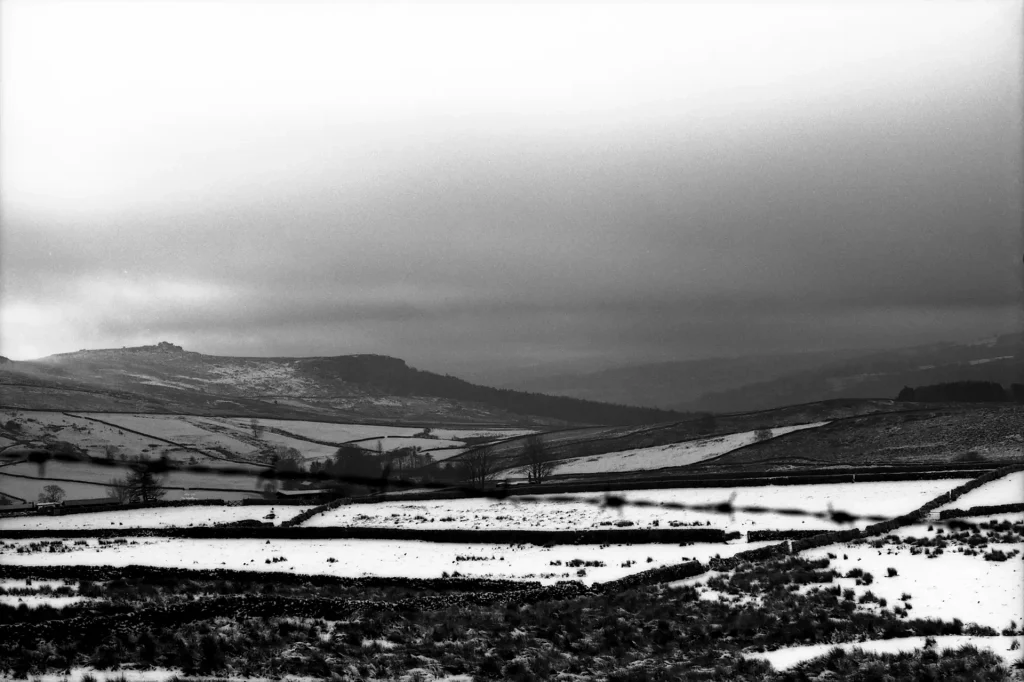
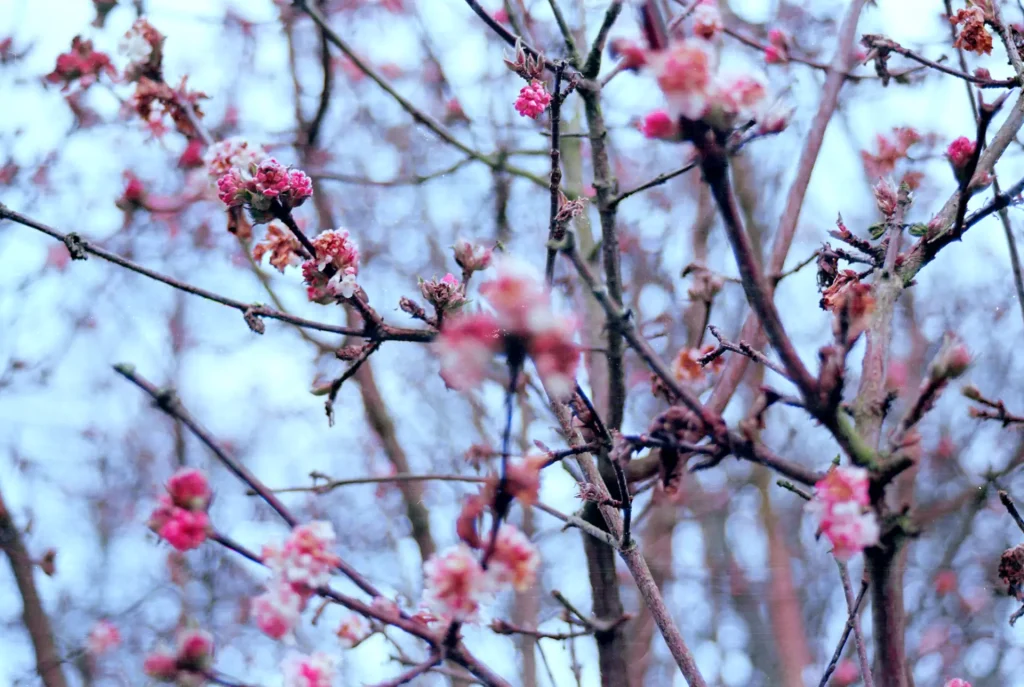
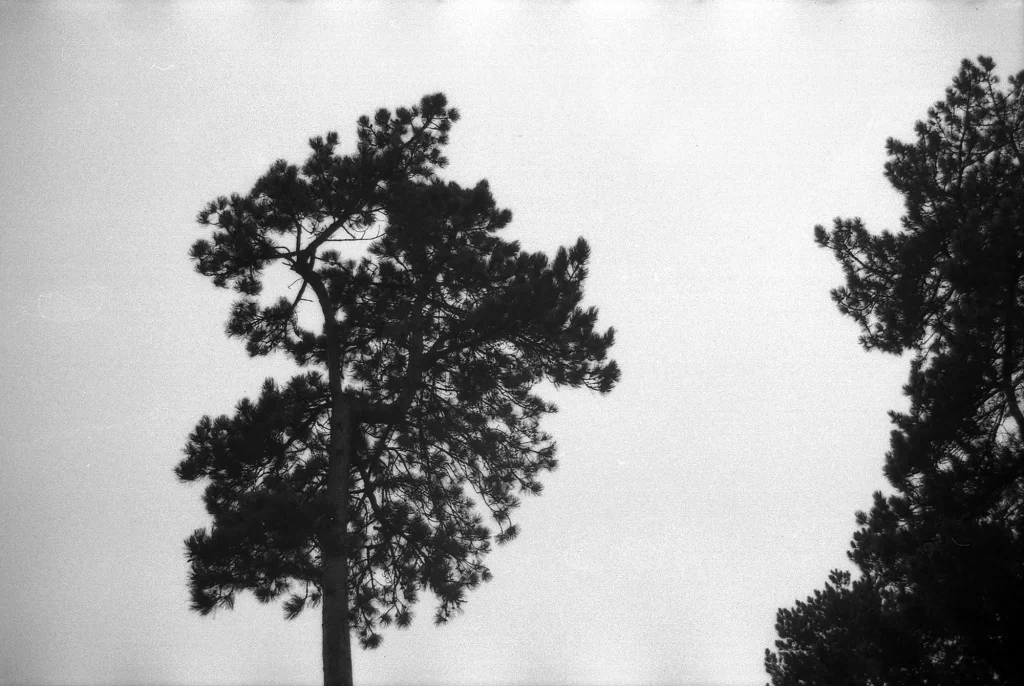
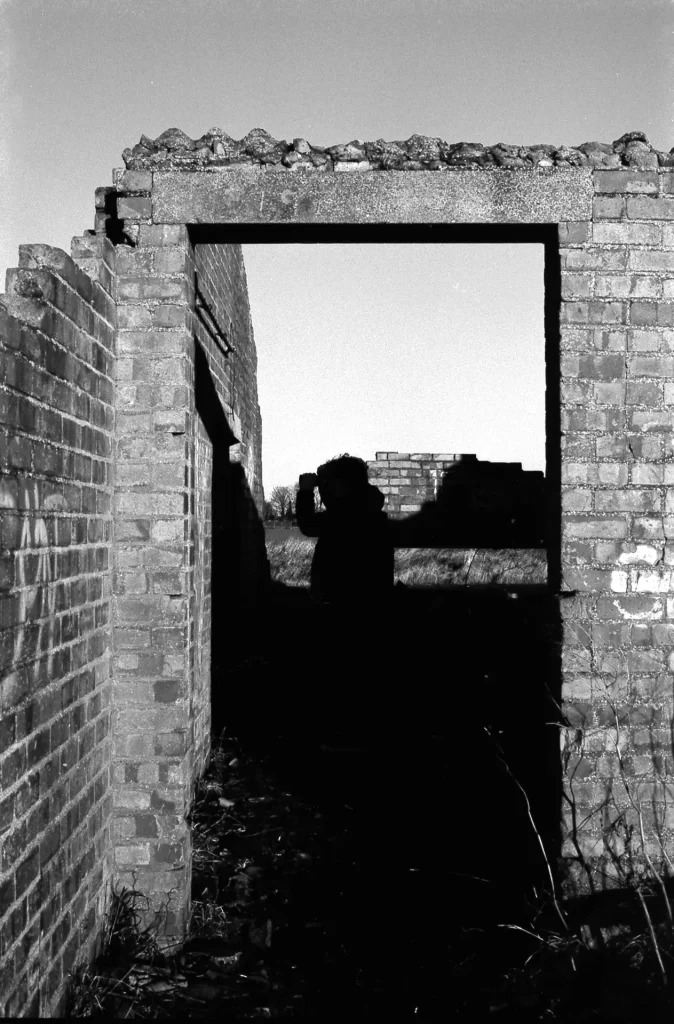
Final Thoughts
I cannot recommend the Olympus OM-10 enough – especially to anyone starting out with film. The only teething problems I had were down to a faulty lens and then having to get my head around shooting with the built in light meter. Aside from those issues, which neither were really the fault of the camera itself, I have had a great experience shooting it. I rate it highly to anyone who asks, it has definitely given me some of my all-time favourite images.
Thank you for reading. For more, you can find me on Instagram, Facebook and Twitter.
Share this post:
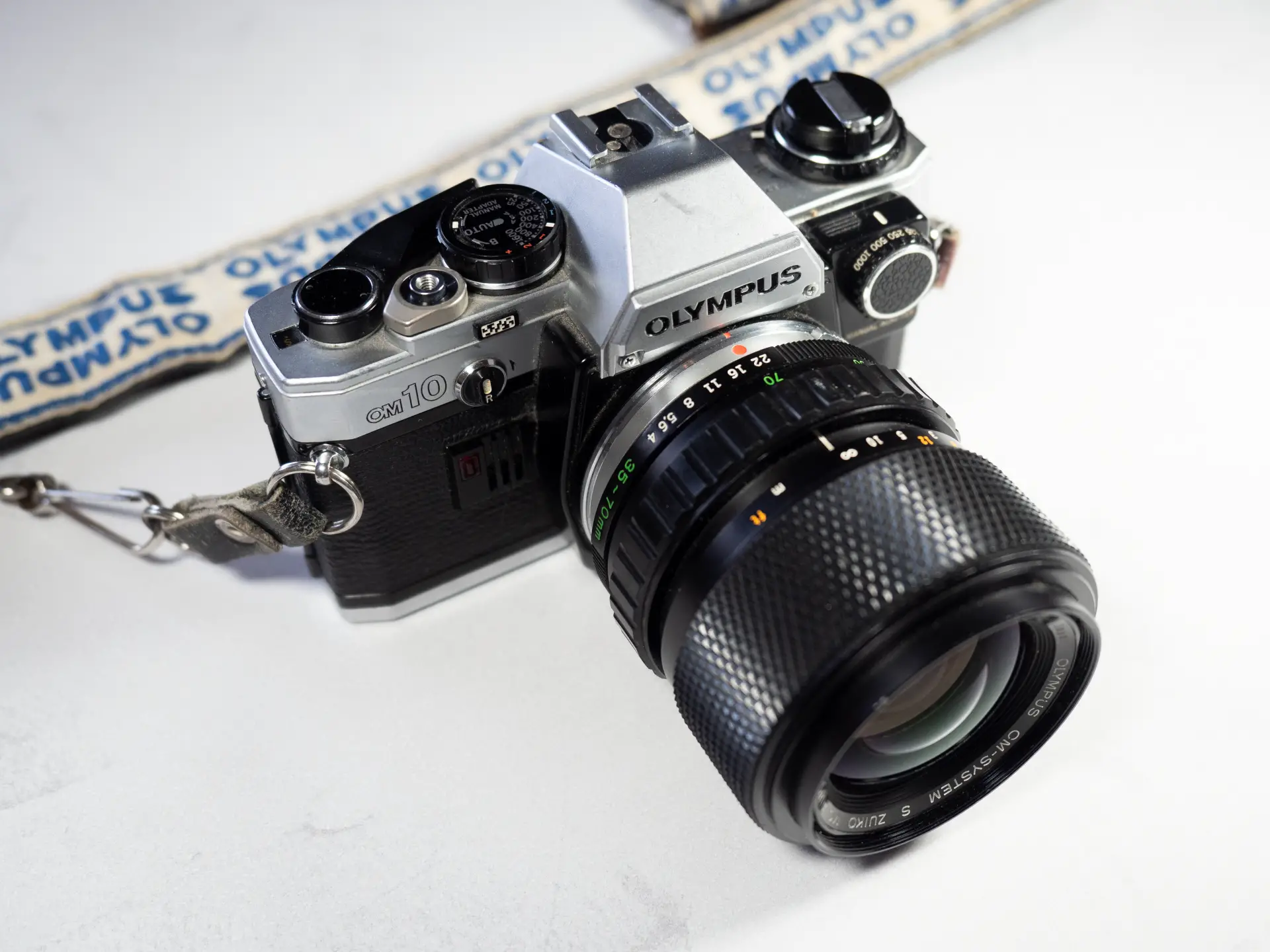








Comments
Justin Kingery on Olympus OM-10 – My Journey and Review – By Jessica Goodwin
Comment posted: 23/03/2021
Lovely photos, by the way. The third one of the treetops is striking.
Comment posted: 23/03/2021
Steve on Olympus OM-10 – My Journey and Review – By Jessica Goodwin
Comment posted: 23/03/2021
Comment posted: 23/03/2021
Lukas Meekers on Olympus OM-10 – My Journey and Review – By Jessica Goodwin
Comment posted: 25/03/2021
Ed on Olympus OM-10 – My Journey and Review – By Jessica Goodwin
Comment posted: 27/03/2021
Comment posted: 27/03/2021
Mark Lewis on Olympus OM-10 – My Journey and Review – By Jessica Goodwin
Comment posted: 24/06/2021
I started with 35mm film cameras, and used the Olympus OM10 as my first camera in the late '80s working as a freelance photojournalist and photographic editor for a university newspaper in South Africa. I eventually upgraded to a Minolta 7000i at the end of the '80s, and then a couple of 9000s. after that, I used Nikon Fs, F2s, Nikkormats, and even the Nikonos IVA and V. I had a fully equipped darkroom, and did all my own developing and printing. I mostly shot Ilford XP2 for its wide exposure latitude and ability to be processed in 1 hour labs anywhere in the country, if the need arose.
In the early '90s, I travelled to Europe with my Nikon Fs, and eventually traded up for a couple of Canon EOS 5s, and then moved back to Nikon with a couple of N90s and Fm2ns.
When I eventually took up digital photography in the mid 2010s, it was actually a return to my roots, with a couple of Olympus OM-D E-M5 MARK IIs, cameras which reminded me of my old OM10.
I now use a handful of Canon 1DXs, 5D MkIVs and 6d MKIIs for my professional work, but have moved back to 35mm photography for my own enjoyment. My first 35mm camera after almost 25 years? The little known Canon EF-M. It takes all my L lenses, and offers me a variety of modes, with manual focus. I am now looking at a few other 35mm cameras, and rebuilding my own darkroom.
What is old, is new again.
paul on Olympus OM-10 – My Journey and Review – By Jessica Goodwin
Comment posted: 18/12/2021
Michael S. Goldfarb on Olympus OM-10 – My Journey and Review – By Jessica Goodwin
Comment posted: 05/01/2022
The only downside of the OM-10 this far downstream is that they weren't really built to endure, they are subject to several electronic and mechanical failures that can't be repaired (according to the great OM repair tech John Hermanson). So if you love the OM-10, consider eventually getting yourself an OM-1 or OM-2. You'll be blown away with how much more solid and professional they are... and they're repairable. (My OM-2 is with John right now with a shutter problem.)
Ellie on Olympus OM-10 – My Journey and Review – By Jessica Goodwin
Comment posted: 23/02/2022
I have no professional or educational photography experience so I'm holding onto my hat, haha.
Ellie
Comment posted: 23/02/2022
Leon S on Olympus OM-10 – My Journey and Review – By Jessica Goodwin
Comment posted: 23/04/2022
Rocio on Olympus OM-10 – My Journey and Review – By Jessica Goodwin
Comment posted: 27/04/2022
I’ve just got one and I don’t know what happen with that… when I try to take a picture looks super dark and I can’t focus. Could be the small bottom on the right down side, probably is stuck(?)
Nigel Cliff on Olympus OM-10 – My Journey and Review – By Jessica Goodwin
Comment posted: 15/12/2022
Clayton on Olympus OM-10 – My Journey and Review – By Jessica Goodwin
Comment posted: 08/11/2023
Glad I found your site.